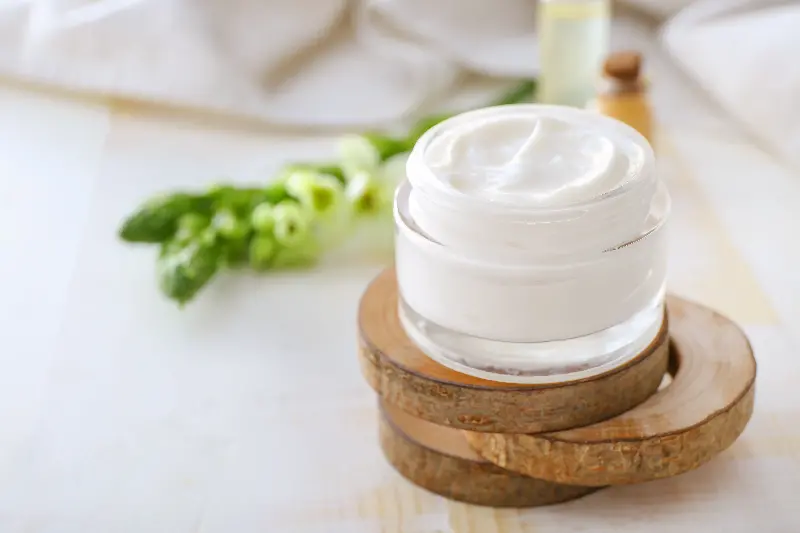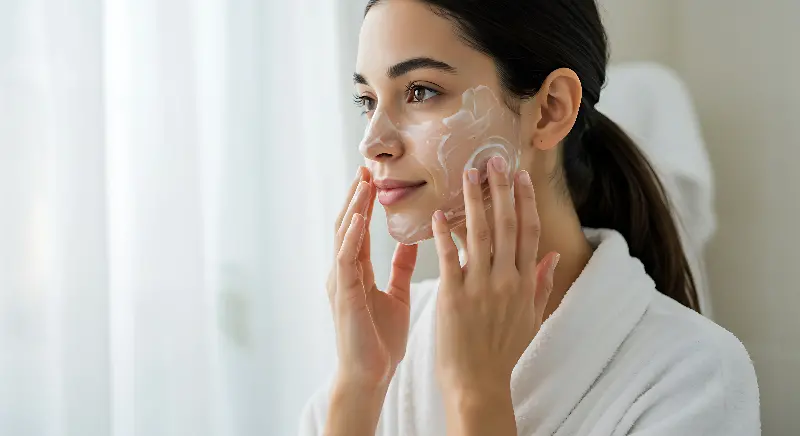
When you stroll down the skincare aisle, shelves gleam with row after row of moisturizers boasting promises of baby-soft, dewy, or flawless skin. But let’s clear up a common misconception: not all moisturizers are created equal. Behind those award-winning jars and glossy tubes lies a world of science, formulation wizardry, and surprising secrets waiting to be unveiled. If you’re searching for the holy grail hydrator or just curious about what’s really in that daily cream, buckle up—hydration’s best kept secrets are about to spill.
What Exactly Is a Moisturizer?
The word “moisturizer” seems simple, but it refers to a broad category of products with a common goal: to keep your skin’s moisture barrier healthy. Moisturizers achieve this through a careful blend of three types of ingredients: humectants, emollients, and occlusives.
Humectants, like glycerin and hyaluronic acid, act like thirsty sponges. They draw in water from the environment and deeper skin layers, plumping up the outermost surface. Emollients, such as squalane and certain plant oils, fill the spaces between skin cells, making your skin feel soft, supple, and smoothed over. Then come occlusives—think petrolatum and shea butter—which create a protective seal, locking that precious hydration in.
Why does this matter? Because every moisturizer on the market plays with this trio in different ratios, resulting in distinct textures, feels, and benefits. Choosing the right blend is key for tackling your personal skin type and concern.

Not All Skins Are Alike—Neither Should Be Your Moisturizer
Men and women often approach skincare with different needs. While men’s skin is generally thicker and oilier due to hormonal differences, women’s skin can be prone to dryness, especially with hormonal fluctuations, aging, or environmental stressors. But there’s more: genetics, age, climate, and even daily habits (like shaving or makeup use) alter skin’s needs further.
Have oily skin or live in a humid climate? Lightweight, gel-based moisturizers loaded with humectants might be your skin’s best friend, providing hydration without heaviness. Lean toward dry, visibly flaky skin or reside somewhere chilly? Reach for richer creams with more emollients and occlusives to provide intensive nourishment and protection.
Interestingly, men’s products might have lighter finishes and faster absorption, catering to preferences for “non-greasy” feels, while women’s formulas are often enriched with additional actives (antioxidants, peptides, retinoids) for multitasking skincare benefits.

Breakdown of Key Ingredients—What Really Works
Not all moisturizing ingredients deliver the same results, and the ingredient list can be a map to uncovering a cream’s true identity.
Hyaluronic acid is a modern favorite, famed for holding up to 1,000 times its weight in water. It acts fast to hydrate and plump, but works best when sealed with an emollient or occlusive to prevent evaporation. Glycerin, a classic, penetrates deeply and suits nearly every skin type.
Ceramides deserve the spotlight if you’re after barrier repair. These lipids occur naturally in the skin, but environmental damage and aging deplete them, leading to dryness and irritation. Moisturizers rich in ceramides can rebuild this shield, especially for sensitive or eczema-prone skin.
And for those sensitive souls, fragrance-free and alcohol-free formulations are a lifesaver. Some “natural” ingredients, like essential oils, might smell wonderful but can be surprisingly irritating on delicate skin.
Don’t overlook the wildcards—ingredients like urea (a humectant and gentle exfoliator), niacinamide (vitamin B3 for barrier support and oil regulation), or botanical oils like jojoba and rosehip (emollients rich in antioxidants). Every bottle brings a different cocktail to the table.
Common Myths That Need Debunking
A myth worth busting: drinking water alone isn’t enough to hydrate your skin. While staying hydrated is essential for your overall health, topical moisturizers are needed to address the skin’s outermost layers, where water is lost to the environment every day.
Another frequent misconception is equating price with effectiveness. Many affordable brands boast impressive formulas that rival luxury labels. What your skin needs isn’t always tied to a hefty price tag but rather to the right blend of ingredients.
And don’t assume more is always better. Overusing heavy creams can clog pores, especially in those prone to acne or living in muggy climates. Your skin’s needs shift throughout the year, so it’s smart to adapt moisturizers seasonally—think light gels for summer, bouncy creams for winter.
The Future of Hydration—Innovation in the Moisturizing World
Today’s moisturizers are getting smarter, not just softer. Scientists are turning to biotech ingredients, like plant-derived squalane and fermented extracts, for formulas that sink in faster, last longer, and even help fight pollution or blue light.
Personalization is booming, with brands offering custom-mixed creams and AI-driven analyses to pinpoint your skin’s exact needs. Eco-friendly packaging, vegan or cruelty-free certifications, and transparency in ingredient sources are reshaping what we expect when reaching for our daily hydrators.
Tech is even helping us understand our skin better, from at-home skin analyzers to apps that track moisture levels through the year. With this innovation, selecting the “right” moisturizer is becoming as tailored and sophisticated as buying a made-for-you suit.
Finding your perfect moisturizer can feel like searching for a soulmate, but the secret is listening to your skin’s evolving needs and not being afraid to switch things up. So, the next time you dip your fingers into a velvety cream or quick-absorbing gel, remember: you’re nurturing your skin with centuries of know-how and cutting-edge advancements. Hydrated, happy skin isn’t a luxury—it’s a carefully kept, easily unlocked secret.
